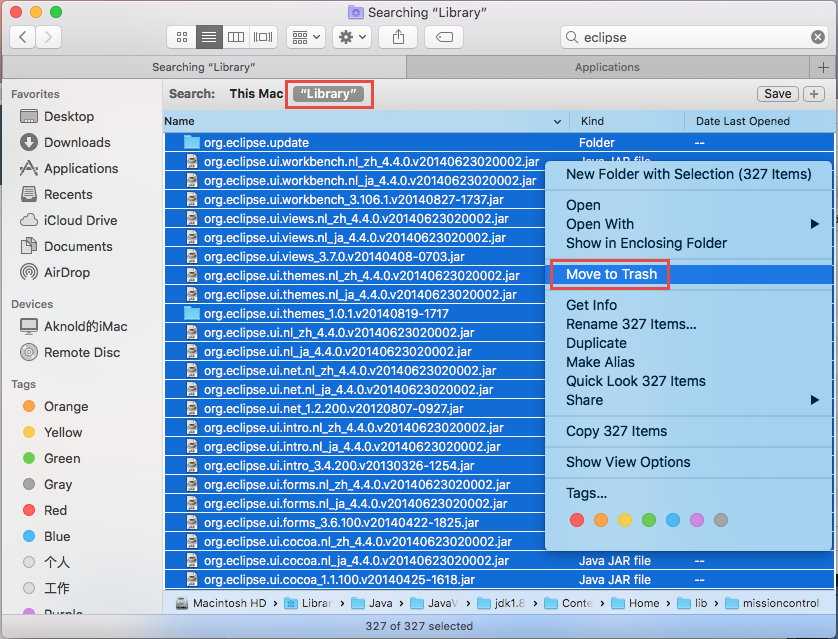
Now click on Native library location (None) so that it becomes blue, then click on Edit and you should get something similar to this:. The screen should look more or less like this: Browse to the directory where you have compiled OpenCV, open the bin/ directory and select “opencv-300.jar”. Click on the name of the library so that it becomes blue, then click on the right on “Add external JARs”. Click “New” and enter a name, I’m using opencv-3.0.0. In Eclipse, open the menu Eclipse -> Preferences -> Java -> Build Path -> User Libraries. Following the instructions available at, let’s create a user library and add it to a project that will make use of OpenCV: I’m using Eclipse Luna but I guess the process is very similar for other versions. If everything goes well you should be able to compile everything and you can now start Eclipse. Type make and go for a cup of tea, the compilation process will require a few minutes…. Check the output and make sure that java is listed as one of the modules to be installed. Applications/CMake.app/Contents/bin/cmake CMakeLists.txt. You can now start the compilation process: Open a terminal and navigate to this directory. Opencv-3.0.0/ (or something similar if you use a more recent version). Extract the file and this will create a new directory called #ECLIPSE FOR MAC OSX DOWNLOAD FOR MAC#
If you have Ant and CMake installed, download OpenCV 3.0 for Mac from this link. dmg file, copy it to the /Applications/ folder.

You can download a binary file for Mac here: After extracting the. Then, update brew with brew update and finally install Ant with brew install ant If you don’t have Homebrew, install it using the following command: Before starting the installation, make sure you have:

Prerequisites: Mac OS X 10.10 and XCode 6.

As this is something that other students have asked me, this is a summary of what we have done by putting together a few tutorials available online: A final year student is currently working on a Java project in Eclipse using OpenCV.







 0 kommentar(er)
0 kommentar(er)
